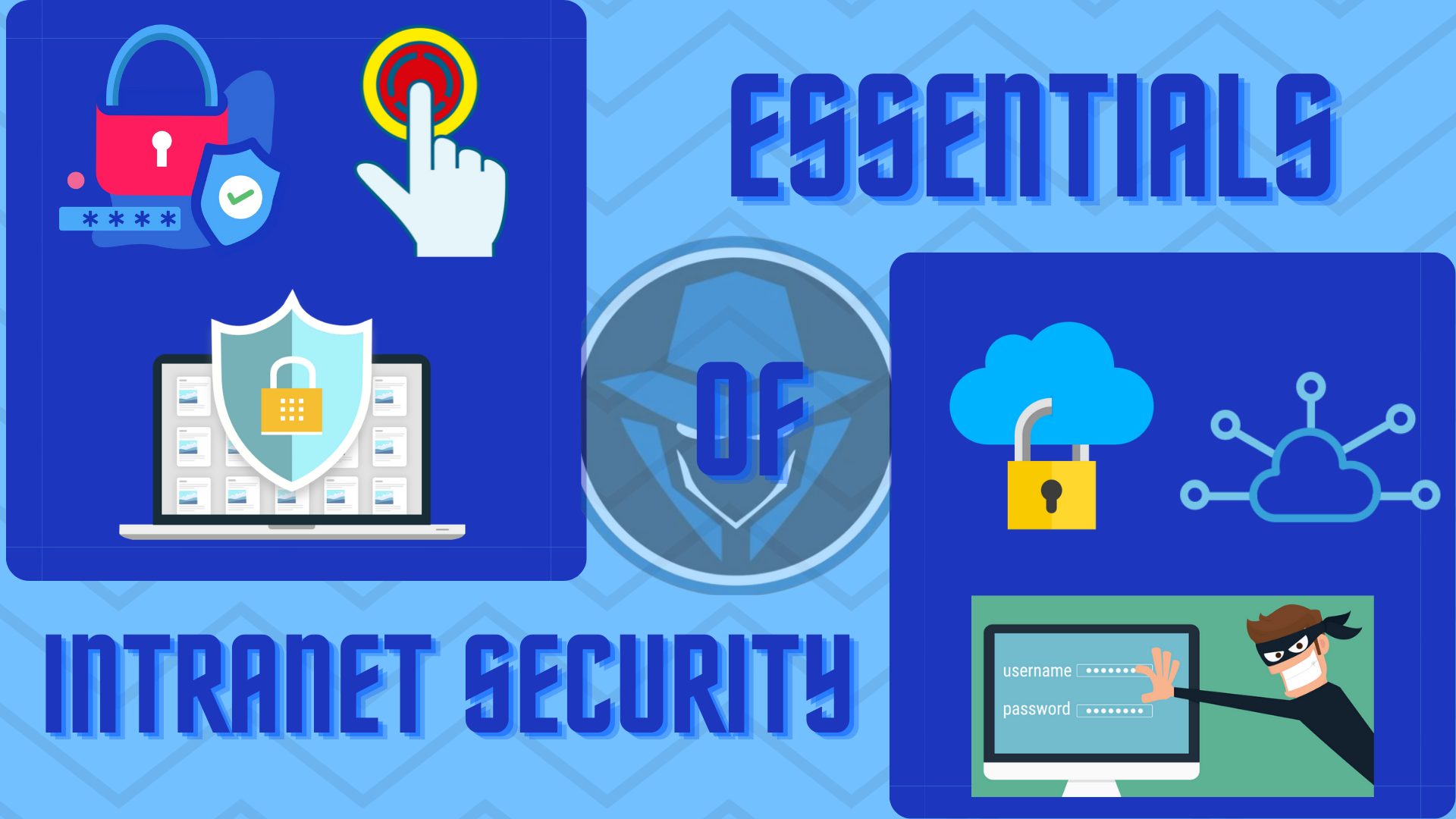A crime in which the delinquent develops a scheme using one or more elements of the Internet to deprive a person of property or any interest, estate, or right by a false representation of a matter of fact, whether by providing misleading information or by concealment of information.
A fraudster will send you an email message that appears to be from a legitimate source, such as a bank, social networking site, or online store, for example. The message attempts to deceive you into providing valuable and sensitive personal data, such as passwords, credit card numbers and bank account information.
Types of online scams :
Attempts to gain your personal information – scammers use all kinds of sneaky approaches to gain your personal details. After obtaining them they use your identity to do fraudulent activities such as using your bank accounts. Your personal information is stolen by fraudsters through the internet and used to apply for a personal loan, two-wheeler loan or a credit card with a bank.
Buying or selling – fraudsters prey on consumers or businesses that are buying or selling products or services. Under this, fraudsters set up fake online shopping portals with the intention of cheating innocent people with their hard-earned money. On the website, they display attractive products at a very cheap rate. But, after the purchase is made by paying the money, either the fake product is delivered or the product is not delivered at all.
Social media frauds – social media frauds are increasing day by day. Cyberbullying is one of the biggest social media frauds to which many teenagers have fallen prey. Under cyber bullying, social media sites are used to bully people. Also, there are many other social media frauds like Facebook friend fraud.
Lottery frauds – lottery frauds are the most popular ones. fraudsters call you or send emails and messages stating you have won a lottery worth rupees some crore. To receive the lottery money, you will be asked to transfer money online in the name of tax. Sometimes you will be asked to pay money by visiting fake websites.
Fake surveys – surveys are useful for companies and other organizations to gather information about their audiences. But if you are asked to give information to take a survey this is most likely a scam. Only take surveys that come directly from organizations or institutions you trust.
Phishing – It is a method used by fraudsters to steal your personal information. Under this fraud, fraudsters send you emails by posing as a genuine or reputed company. The primary intention of sending those emails is to steal your bank details. These emails usually will have a link or attachment. If you click on those links, you will be taken to a fake website. The fake website will ask you to provide your sensitive information like card details, UPI code and other bank details. Also, clicking on such links will lead to a virus attack on your computer.
How online scams have evolved :
Over the past few decades, there has been a shift in how criminals or fraudsters target organizations and their customers. Due in large part to advances in technology, businesses have to constantly fight fraud in order to protect their own interests as well as their customers’ privacy.
The arrival of e-commerce solutions and the willingness of consumers to shop for products and conduct business online have changed the game for retailers and financial service providers. Criminals shifting from passing bad checks to replicating credit cards have also benefited from the amount of information now available to anyone with an Internet connection – especially the valuable stolen identity information currently available for purchase on the Dark Web. The number of online scams committed continues to grow exponentially.
CNP fraud :
CNP fraud stands for card-not-present fraud regarding payment transactions. It can refer to the unauthorized use of an account number, card security code and an account holder’s address to pay for products or services online or over the phone.
How can you protect yourself from online scams?
Be cautious about all the communications you receive. When connecting to public Wi-Fi networks, be cautious about what information you are sending over it.
Do not enter personal information on any unknown website. Keep personal information personal. Hackers can use social media profiles to figure out their passwords and answer those security questions in the password reset tools.
Set strong passwords. A strong password is at least eight characters in length and includes a mix of upper and lowercase letters, numbers, and special characters.
Shop safely. Before shopping online, make sure the website uses secure technology. When you are at the checkout screen, verify that the web address begins with HTTPS. Also, check to see if a tiny locked padlock symbol appears on the page.
These are some of the very common tips to protect yourself, your accounts, data, etc from online scams.




